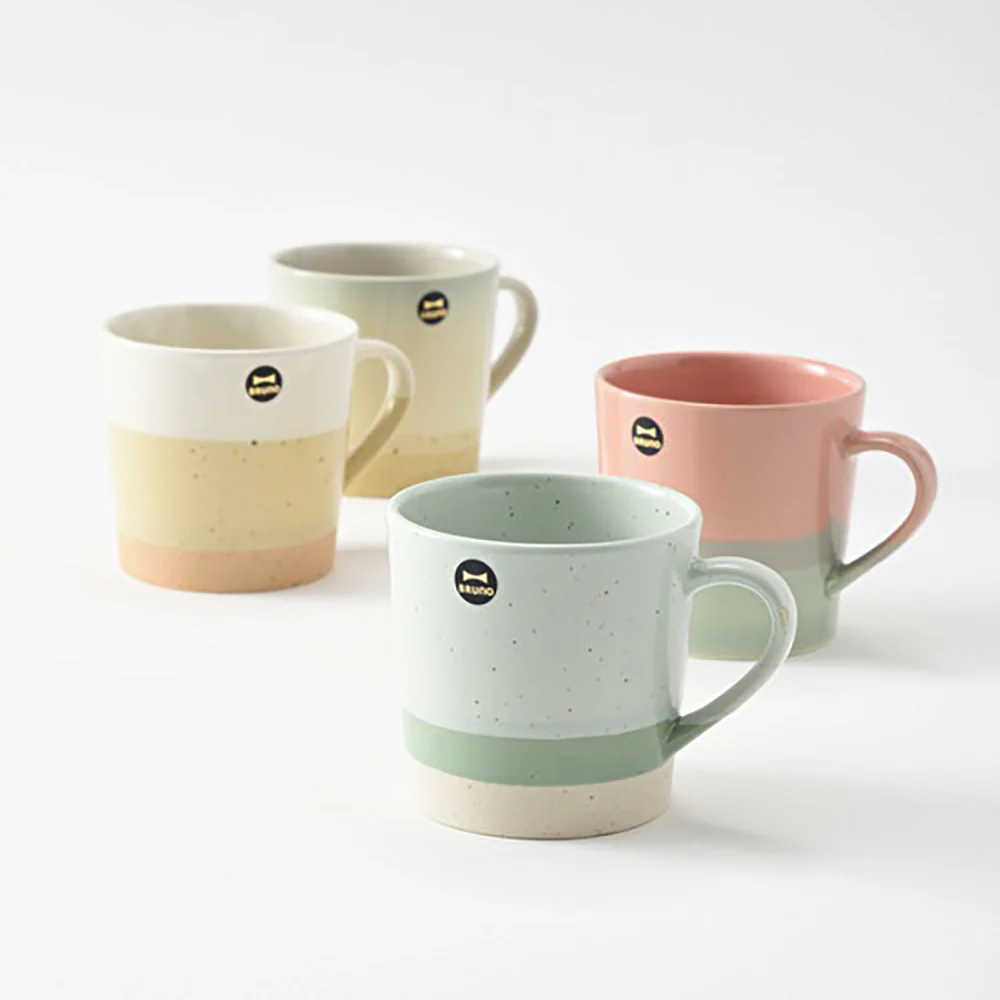How to Know if Ceramics Are Microwave Safe?
When it comes to running a restaurant or hotel, every detail matters—including your dinnerware. Imagine serving a piping hot dish only to find that the ceramic plate cracked in the microwave. Not only is it a safety hazard, but it also costs money and damages your reputation.
Microwave safety in the ceramic industry is essential for durability and customer satisfaction. Non-microwave-safe ceramics may crack, warp, while also diminishing the user experience. Choosing microwave safe products helps businesses build trust and save costs in the long term.

Practical Ways to Check Microwave Safety in Ceramics
Checking Label or Markings
The quickest way to tell is by looking at the bottom of the ceramic piece. Many manufacturers include a “Microwave Safe” stamp. If you’re sourcing wholesale, always ask the supplier for documentation.
Conducting the Microwave Water Test
A simple method can be used to test whether ceramics are microwave safe. By placing a microwave safe cup filled with water inside the ceramic bowl or plate and heating it for one minute, the outcome becomes clear. If the ceramic remains cool while the water heats, it indicates that the item is safe for microwave use. Conversely, if the ceramic itself becomes hot, it shows that the material is absorbing microwaves and is therefore not safe.
Weight and Glaze Indicators
Heavier ceramics with thicker glazes may contain elements that trap heat. On the other hand, lightweight porcelain usually performs well in microwaves.
Ceramic Materials
Porcelain and Stoneware
These are usually safe for microwave use because they’re fired at high temperatures, making them durable and resistant to heat.
Earthenware and Terracotta
These tend to be more porous, which means they can absorb water. When microwaved, they may crack.
Bone China and Fine Ceramics
Premium but delicate. While many are microwave safe, gold trimmed or hand painted versions may not be.
For hospitality and retail businesses, microwave safe ceramics depend on clear supplier certification, small-batch testing before bulk orders, and a balance between style and durability. Distributors and importers further ensure compliance, acting as safeguards in the supply chain. These measures help businesses secure safe, reliable products that protect both customers and brand reputation.
FAQs on Microwave Safe Ceramics
1. Can all ceramics go in the microwave?
No. Some contain metallic glazes, low quality clay, or harmful chemicals. Always check labels.
2. How do I test ceramics for microwave safety?
Try the microwave water test. If the plate heats up instead of the water, it’s not safe.
3. Can cracked ceramics still be used in the microwave?
No. Cracks expand under heat, making them unsafe.
4. How can I ensure imported ceramics are microwave safe?
Ask for compliance documents and certifications from suppliers.
5. What's the biggest risk of unsafe ceramics in microwaves?
They may crack, leach chemicals, or cause sparks—all of which are dangerous.
The right choice keeps your customers safe and protects your brand. Trusted suppliers like Sunka Ceramics can guide you toward the right products, saving you time and money in the long run.

 EN
EN ES
ES AR
AR DE
DE RU
RU FR
FR Back To News
Back To News